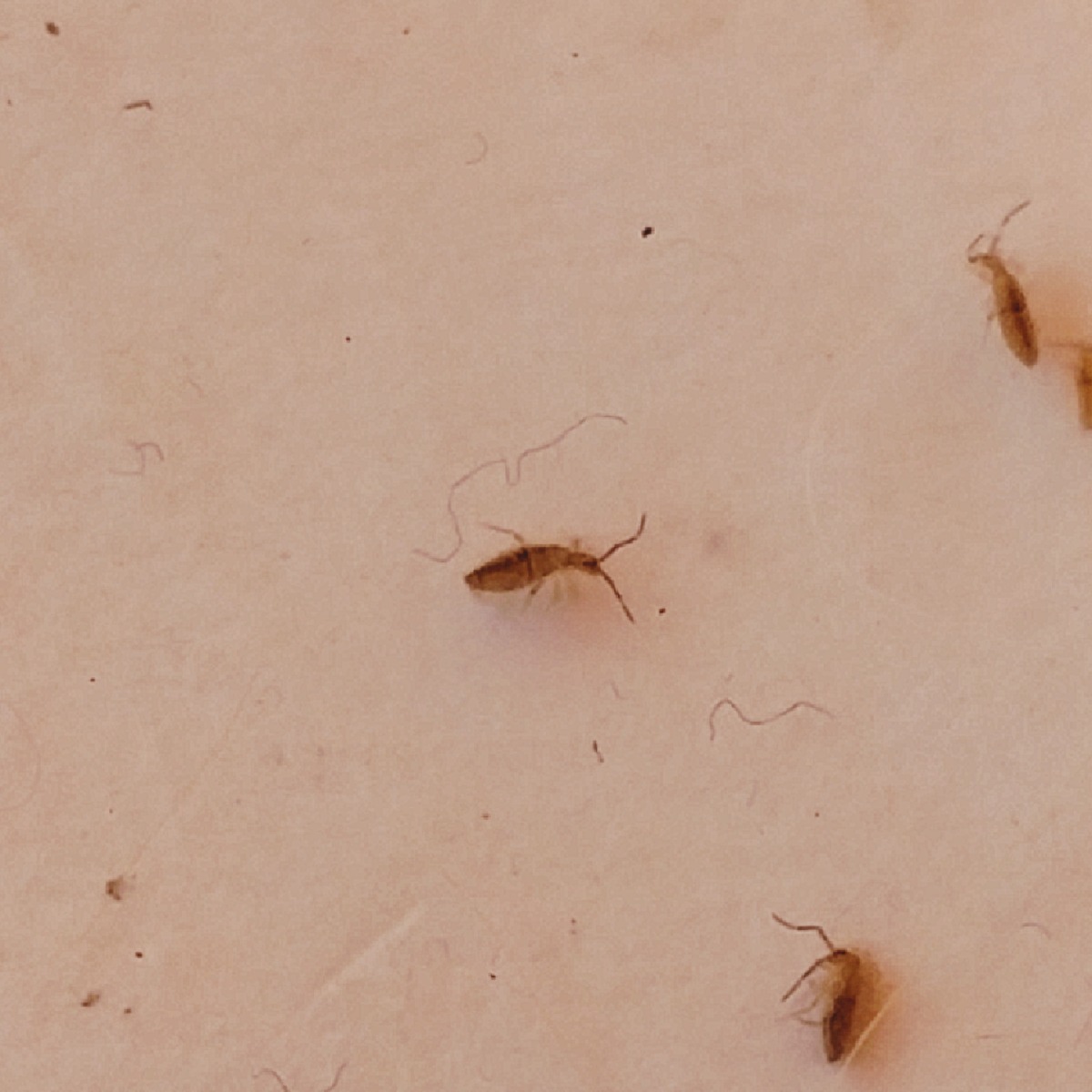
- #Very tiny beetles in house professional#
- #Very tiny beetles in house free#
- #Very tiny beetles in house windows#
You may find them in overlooked areas like the spaces behind appliances, in your attic, or the vents of your home. Most beetles love dark, quiet, hidden places.

They don’t need much water, so pet bowls, seeps from leaking pipes, or water left in drains is enough to keep them going. Most species subsist on a diet of plants, small insects, or fibers from wood and textiles. Like all animals, beetles need both food and water to survive.
#Very tiny beetles in house windows#
If your home has access points they can find and exploit (such as torn screens, gaps around windows and doors, or open vents), they’re likely to make their way inside. AccessibilityĪgain, beetles are opportunists. If your home is in the right place at the right time, it may be enough to attract swarms of them. When the temperatures dip, beetles come inside to seek out warmth and shelter. Sometimes, it’s nothing more than the location of your home that attracts beetles. Here are a few of the most common attractants for these pests: 1. What’s bringing the beetles to your home, and how can you keep them out? If you’re wondering, “Why do I have so many beetles in my yard?” or “What are beetles attracted to?”, you’re not alone. What Attracts Beetles to My Home and Yard? These wings are durable and water-resistant, which allows them to protect the beetle from environmental hazards and dehydration. While beetles are usually poor fliers, most have front wings that look hard, like a shell. Most beetle species have obvious antennae and mouthparts made for chewing wood, foliage, or roots. They can range from a few centimeters to an inch or more in size. Some even have bodies that make them resemble spiders. Some have oval or round bodies, while others are square.

While Japanese beetles are unlikely to do much damage inside your home, they can destroy your garden and outdoor plants in a hurry. Adult beetles are about ⅓”-½” long with a shiny green body that looks metallic. Known for killing off landscaping and ornamental plants, the Japanese beetle eats foliage, flowers, fruits, and more. The Japanese beetle is a widespread pest in the U.S. Their bodies are hard and round, and they keep their wings tucked below their shells. These beetles are oval-shaped with two antennae and six legs.

They love dark, quiet, undisturbed places like the seams of furniture or the underside of carpets.īecause they’re so good at hiding, it can be tough to spot carpet beetles until you start noticing the damage they’re causing. Here are a few of the most common types: Carpet BeetlesĪ familiar pest in the U.S., the carpet beetle gets its name from its love of destroying fabrics and upholstered furniture. Take another look, though, and you’ll notice that not all beetles are created equal. Knowing what type of beetles are invading your home or yard can help you determine the best course of action for getting rid of them.Īt first glance, all beetles might look similar. How Do I Know What Kind of Beetles I Have?
#Very tiny beetles in house free#
In this post, we’ll discuss our top beetle control methods, a few easy DIY tips, and other steps you can take to keep your home and yard free of beetles. We’re the team to help you resolve your beetle problems once and for all.
#Very tiny beetles in house professional#
Here at Smith’s Pest Management, our experienced team provides professional pest control services for customers throughout Northern California, from Marin to Monterey. Beetles: they’re a common pest in households across the country.įortunately, you can get rid of beetles in your home or yard with a few simple steps.


 0 kommentar(er)
0 kommentar(er)
